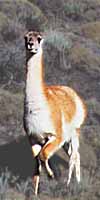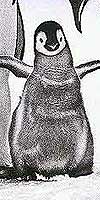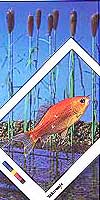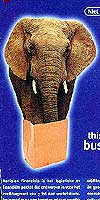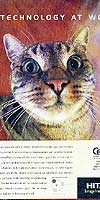The few examples
learn how in many cases advertising differentiates
the products not by their characteristics but by some green value attached to them.
The examples also reveal how this leads to frustrating contradiction.
The forest, the whale, the cow, the beach, the orchid are often the first
victims of the consumption instigated by their courteous co-operation.
The least we
can expect is a kind of reverse courtesy (fluffy, no?) where the
copy-writer makes sure that the use of the species is appropriate and that
the information given is correct. Both points are a measure for the skills and
knowledge of the originator of the work. If they can't get the environmental
thing right, how can we trust them about the product?
In the next
chapters
we will evaluate the generic copy-writer by means of his use of animals.
We could have chosen landscapes or plants but one has to focus
and animals are always a bit closer to us than the former.
We will try to understand why a species was used in a particular case.
We will evaluate each use.
We will also learn how some species, even some individuals, are more
often used than others.
Our samples come
from magazines and newspapers from the 1980s on.
Most were published in Belgium and are in Dutch, but we have several
adverts in English, German, French, Spanish from countries as Spain,
South-Africa, Germany, France, Argentina giving us the opportunity to compare
several language versions of the same advertisement.
Advertisements where the animal is present in its own right are not included.
Thus no cats and dogs puffing up pet-food.
